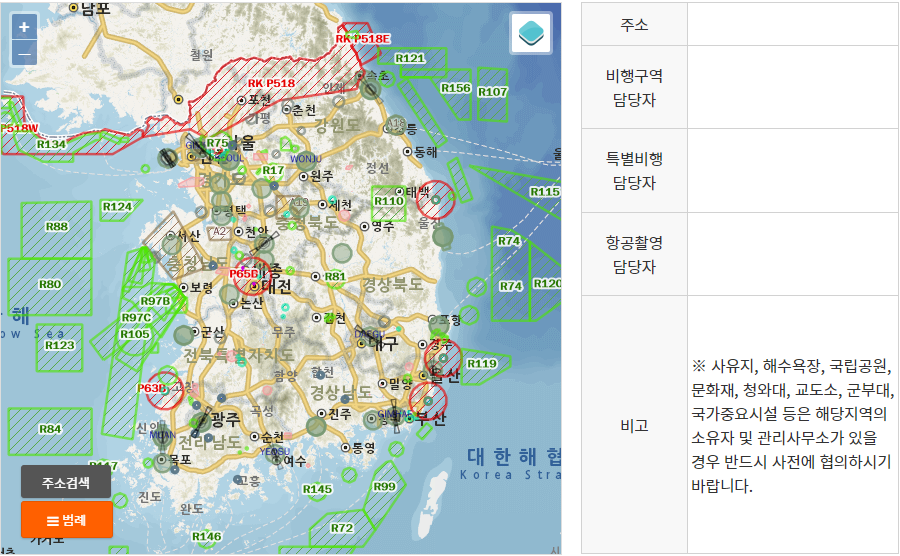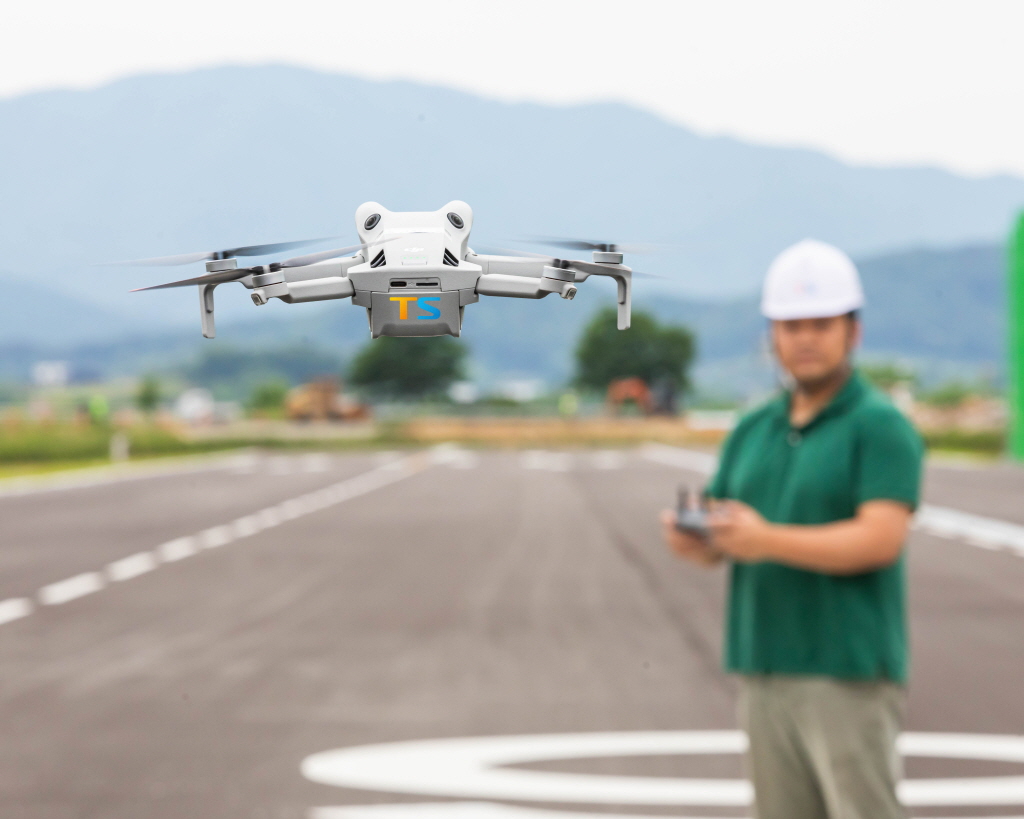한국교통안전공단(이사장 권용복)이 국내 드론(무인비행장치) 비행 인구가 급증함에 따라 온라인교육 신청부터 기체신고 방법, 비행 시 주의사항 등 드론을 날릴 때 알면 좋은 꿀팁을 안내했다.
비행금지구역 모르고 날리면 최대 300만원 과태료
드론 비행 금지구역인지 모르고 드론을 날리면 최대 300만원까지 과태료 처분을 받을 수 있어 주의가 요구되고 있다.
한국교통안전공단(이사장 권용복, 이하 TS)은 국내 드론(무인비행장치) 비행 인구가 급증함에 따라 온라인교육 신청부터 기체신고 방법, 비행 시 주의사항 등 드론을 날릴 때 알면 좋은 꿀팁을 안내한다고 7일 밝혔다.
TS에 따르면 국내 등록 드론대수는 2017년 4,003대에서 2023년 5만2,387대로 13배 이상 증가했고, 1∼3종 드론조종자격 취득자수도 2017년 5,949명에서 2023년 말기준 12만7,813명으로 21배 가량 증가한 것으로 분석됐다.
이에 따라 드론 비행 관련 법령을 위반하여 과태료를 부과받는 사례도 함께 증가하고 있어 주의가 요구된다.
우선 드론의 최대이륙중량이 250g을 초과한다면 TS에서 제공하는 4종 온라인교육을 먼저 이수하여야 한다.
또한 드론의 최대이륙중량이 2kg을 초과한다면 드론원스톱 홈페이지에서 기체신고를 해야 한다.
비행이 가능한 곳인지 궁금하다면 드론원스톱 홈페이지에서 제공하는 지도를 검색하여 비행승인이 필요한 곳인지 확인해야 한다.
TS는 드론원스톱(drone.onestop.go.kr)을 통한 기체 신고업무와 함께 TS한국교통안전공단배움터(edu.kotsa.or.kr)를 통한 4종 온라인교육 업무를 수행하고 있다.
‘초경량비행장치 신고제도’는 안전한 항공 교통을 위해 드론을 포함한 초경량비행장치 소유자가 장치를 사용하기 전 관할 기관에 신고하는 제도로, 비사업용(비영리목적)의 경우 최대이륙중량 2㎏을 초과하면 신고대상이며 사업용(영리목적)의 경우 무게와 상관없이 모두 신고대상이다.
드론을 구매하고 기체신고까지 완료했다면, 기체무게에 따라 드론조종자격을 취득해야 한다.
최대이륙중량 250g 이하의 경우 별도의 조종자격이 요구되지 않지만, 250g을 초과하면 무게별로 4종부터 1종까지 별도의 교육이수 또는 자격교육이 요구된다.
4종(최대이륙중량 250g초과 2㎏이하) 드론의 경우 TS한국교통안전공단배움터(edu.kotsa.or.kr)를 통해 온라인 교육 이수 후 이수증을 발급받으면 된다.
또한 드론의 최대이륙중량이 2㎏을 초과하는 경우에는 국토교통부 지정 무인비행장치 전문교육기관이나 초경량비행장치사용사업을 등록한 사설교육기관을 통해 조종교육을 받고 시험을 응시해 자격증을 발급받을 수 있다.
조종자격까지 취득했다면 이제 드론을 날리기 전에 반드시 해당 지역이 드론 비행이 가능한 구역인지를 확인해야 한다.
서울시내, 휴전선부근 및 원전주변 등 비행금지구역과 공항관제권(공항 중심 반경 9.3㎞ 이내) 등 비행제한구역은 드론원스톱(drone.onestop.go.kr)을 통해 관할기관의 승인을 받지 않았다면 드론을 띄울 수 없는 점에 유의 해야한다.
이를 모르고 드론을 날려서 적발될 경우에는 법령에 따라 최소 150만원에서 최대 300만원의 과태료가 부과된다.

▲위 지도에서 빨간빗금은 비행금지구역, 초록빗금은 비행제한구역
정부는 이와같은 안전장치 외에도, 국민의 드론이용 활성화를 위해 비행수요가 많은 서울 등 대도시지역에 드론공원을 지정해 운영중이다.
특히 주간에 150m 고도이하에서 비행승인을 받지 않고도 이용가능한 초경량비행장치비행공역(UA)이 전국에 43개 구역에 지정되어 있으며, 드론비행과 관련된 보다 자세한 사항은 국토교통부에서 발행한 ‘일상 속 드론 운용 가이드라인’을 통해 확인할 수 있다.
TS 권용복 이사장은 “일상속에서 안전한 드론 비행을 위해 국민 모두가 비행 전 드론원스톱(drone.onestop.go.kr)을 통해 한번 더 확인해보는 습관이 필요하다”며 “TS는 앞으로도 계속 체계적인 드론 안전관리 강화를 통해 드론산업 발전에 기여하겠다”고 밝혔다.

